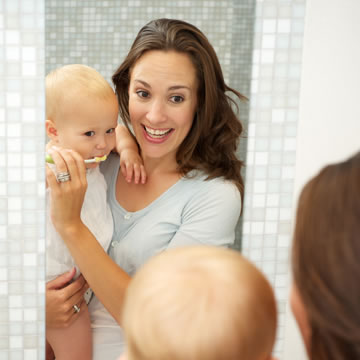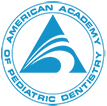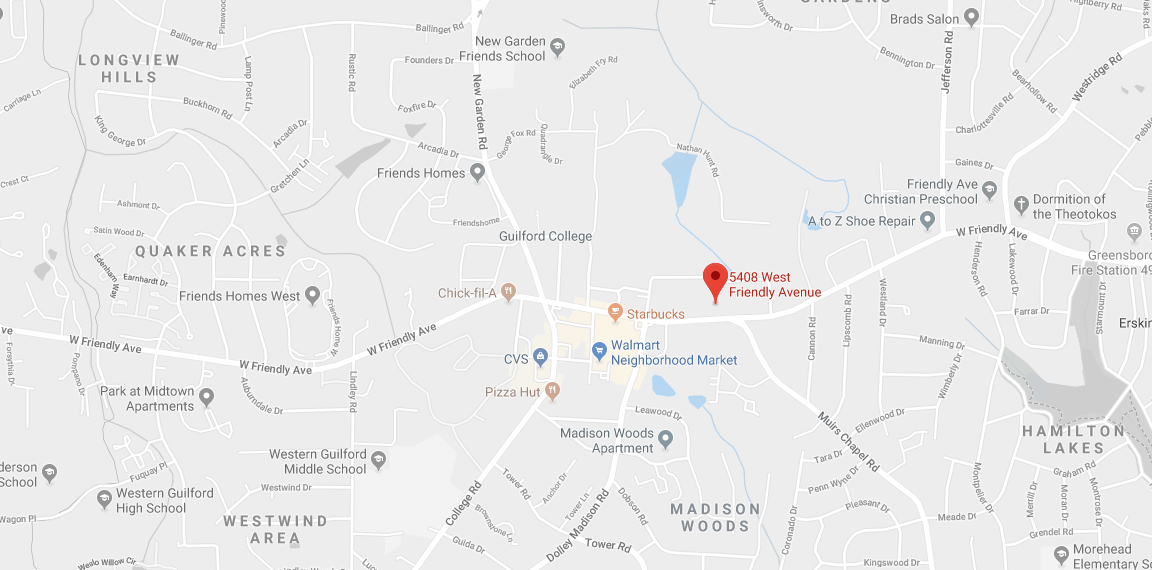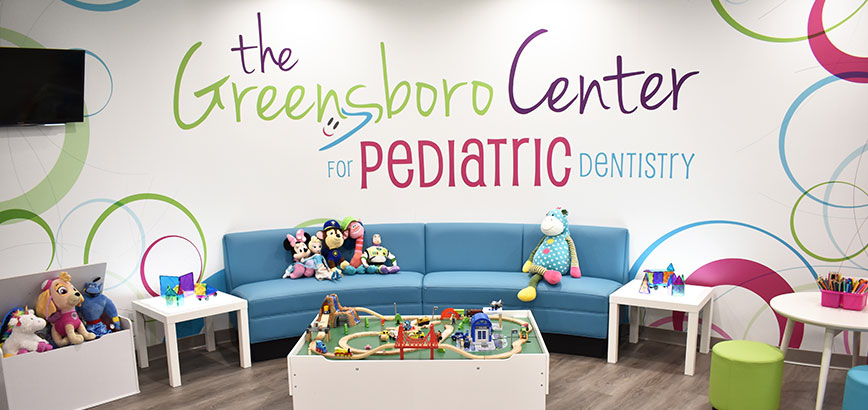Schedule Your Child's First Visit by Age One!
We offer a complimentary Baby Oral Health Program (bohP) for babies up to 18 months of age. The first dental visit should occur shortly after the first tooth erupts and not later than the child's first birthday. At the first visit we will present our oral health educator will consult with you, examine your infant and apply topical fluoride if indicated. We will also present:
- A program of preventative home care including brushing, flossing, diet and the importance of fluorides.
- Assess any tooth decay and provide any early childhood tooth decay information that may be needed.
- The latest facts about finger, thumb and pacifier habits.
- What you need to know about preventing mouth or tooth injuries.
- Information about growth and development.
Follow-up visits with the doctor will be scheduled according to the individual needs of the child. Below are some helpful guidelines for a lifetime of healthy teeth!
Click Here to fill out your Infant Visit form prior to your visit.
Caring for Gums
Even before your baby’s first tooth appears, the gums will benefit from your careful attention. After breast or bottle-feeding, wrap one finger with a clean, damp washcloth or piece of gauze and gently wipe it across your baby’s gum tissue. This practice will clean off any milk residue and also begin the process of building good daily habits.
Baby’s First Tooth
When that first tooth makes an entrance, it is time to upgrade to a baby toothbrush. There are usually two options: a long-handled toothbrush that you and your baby can hold at the same time or a finger-puppet-like brush that fits over the tip of your pointer finger. In each case, the bristles are soft and few.
If your child doesn’t react well to the introduction of a toothbrush, don’t give up. Switch back to a damp washcloth for a few months and try the toothbrush again. During the teething process, your child will want to chew on just about anything, and a baby toothbrush can become a favorite toy during this period.
Brushing with Toothpaste
Once the first tooth appears, you can start using toothpaste on your child’s brush. At this stage, use only a tiny amount of fluoridated toothpaste (the size of a grain of rice). Children do not learn to spit well until around age four.
Avoiding Cavities
Do not give your baby any sort of sweetened liquids such as juice, flavored drinks, or soda. Even the sugars present in formula and milk (this goes for breast milk as well) can cause decay, so regular teeth and gum cleaning is vital. Make sure your baby never goes to bed with a bottle; sugary liquids in prolonged contact with teeth are a guarantee for early-childhood decay, also called baby-bottle caries.
Setting a Good Example
As part of the natural learning process, children are expert mimics, and you can take advantage of this talent. Brush and floss daily while your child is watching so they will learn at an early age the importance of your good habits. As soon as your child shows interest, offer them a toothbrush of their own and encourage them to “brush” with you. Most children do not have the dexterity necessary to thoroughly clean their own teeth until at least age six or seven, so you will have to do that part of the job. We recommend being part of the brushing process until age ten.
Try different tactics to make brushing fun: flavored toothpaste, a toothbrush with a favorite character on it, or singing songs about brushing. The primary goal is to instill healthy oral habits at an early age to set your child up for a lifetime of healthy, cavity-free teeth!






